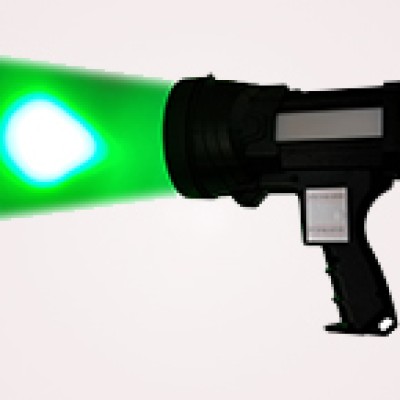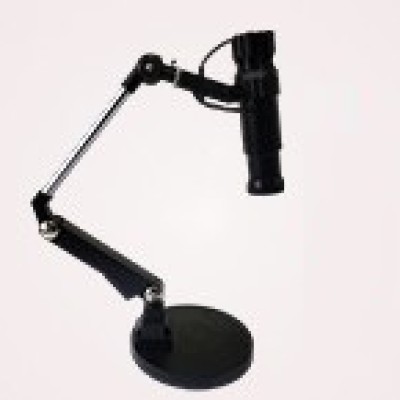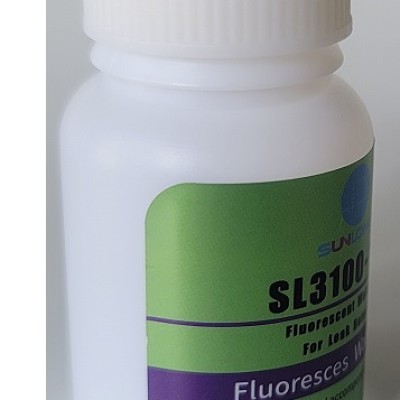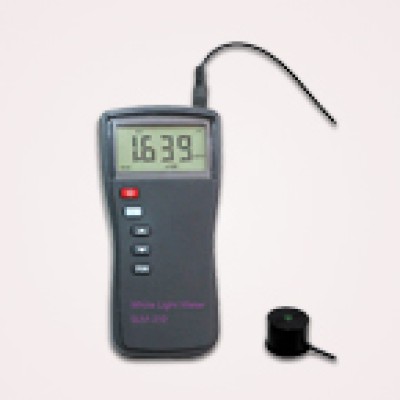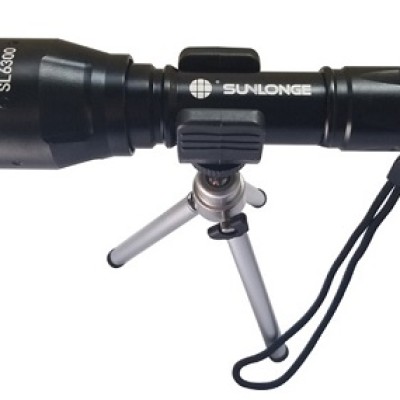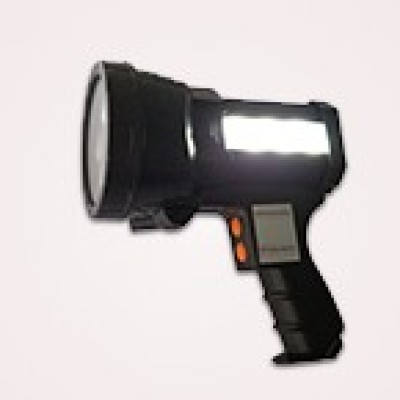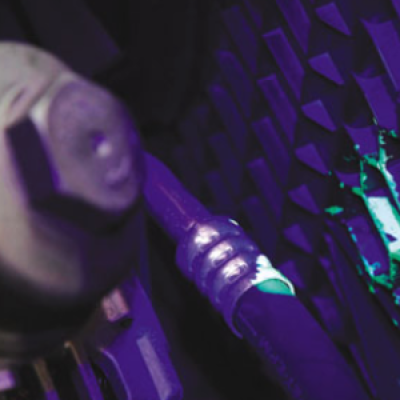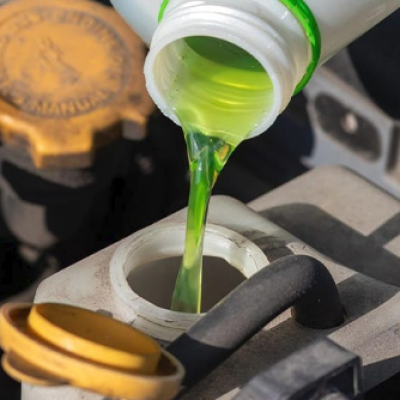Introduction
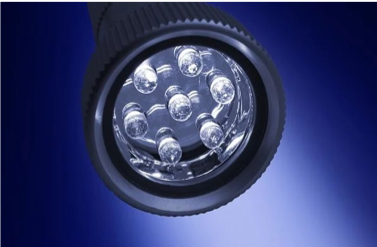
Under the evolution of lighting products, the LED technology has been constantly advanced. The launch of UV LED lamp has contributed to the boom in multiple industries. The Ultraviolet Rays, also called as UV, are a specific interval of the electromagnetic radiation. They can be divided into three intervals, UV-A, UV-B and UV-C. The UV lights can then be used for plenty of lighting and detection purposes. In the past, the lamps were equipped with UV bulbs. However, due to their fragility, high energy consumption and adverse impacts on the environment and human health, the new LED technology has encouraged the rise of UV LED lamp. The first LED appeared in 1962. With continuous development, its efficiency and effectiveness have been steadily improving.
Principle behind UV LED lamp
The term of ‘LED’ represents ‘Light Emitting Diode’. The diode, a small semiconductor, creates an electronic effect, which generates light. With different materials used, the lights emitted can vary in colors, targeting at diverse applications. Unlike the traditional UV bulbs that emit a wide range of radiations, the current UV LED lamp emits a sole wavelength of UVA rays of greater intensity with lower energy consumption.
Advantages of UV LED Lamp
- Extended life duration
Despite a slight difference between the prices of traditional UV lamps and , their life spans vary for a significant extent. Concerning that the light bulbs equipped in traditional lamps are fluorescent tubes containing gases, for examples, mercury and neon, the difficulty in assimilating results in barrier of recovery. Thus, their average life duration is limited to approximately 1,000 working hours. Conversely, the didoes installed in are unbreakable. The resistant materials become the major factor of its durability. Thereby, its life duration is estimated at 20,000 to 50,000 hours.
- Free of harmful substances
Considering that no heat is involved during the lighting process, where only cold light is emitted, no harmful or toxic substances will be released, making it easy to be recycled. Correspondingly, the is safe to both the environment and human health.
- High intensity
With an intensity ranging from 3500 uw / cm2 to 45000 uw / cm2, the can achieve a high fluorescence stimulation, highlighting that it can make minor and low luminance traces visible even in daylight.
- Uplifted efficiency
The instance of Super The Viper SL8300-UV Adjustable Light Beam UV LED Flashlight illustrates the major advantage of , which is the instant process of attaining the maximum UV-A performance after switch on. The high efficiency makes the model the best choice in terms of quick inspections on poorly accessible areas. On top of that, the energy required in operation is lowered. Compared with a standard house lamp, the only takes 20% of its energy required, creating an obvious energy save, which is great for the environment and cost reduction.
- Diverse applications
Regarding the varying requirements of different fields, technicians have equipped the with variable features. In particular, the integrated focus ring allows an immediate change from spotlight to floodlight with a twist. The spotlight generates maximum fluorescence excitation, while floodlight caters for an efficient detection of wide areas. Accordingly, the improved flexibility ensures the optimal lighting effect for each scenario. has thus become a driving force in numerous fields, for instance, leak detection of buildings, criminal investigation and penetration testing.
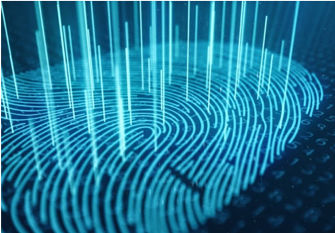
Conclusion
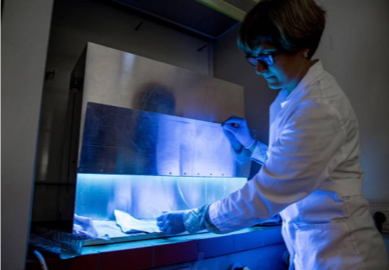
Given various advantages, the UV LED lamp is ranked as the first in plentiful aspects. Specifically, the most remarkable factor is the high energy-efficiency, which uplifts the detection and inspection processes of countless domains. However, provided the strong UV radiation and high intensity emitted during operation, several precautions should be taken to safeguard the health of technicians. Despite a low visible light emission, which counts for only 0.5 to 2 FCs, looking directly into a UV LED lamp poses harm to vision. Therefore, to minimize inadequate exposure, the lamps should be shielded. Additionally, technicians are required to wear protective eyewear. By strictly following the guidelines of using a UV LED lamp, its performance can be optimized, consequently, contributing to the enhancement in other related technologies.
 CN
CN

